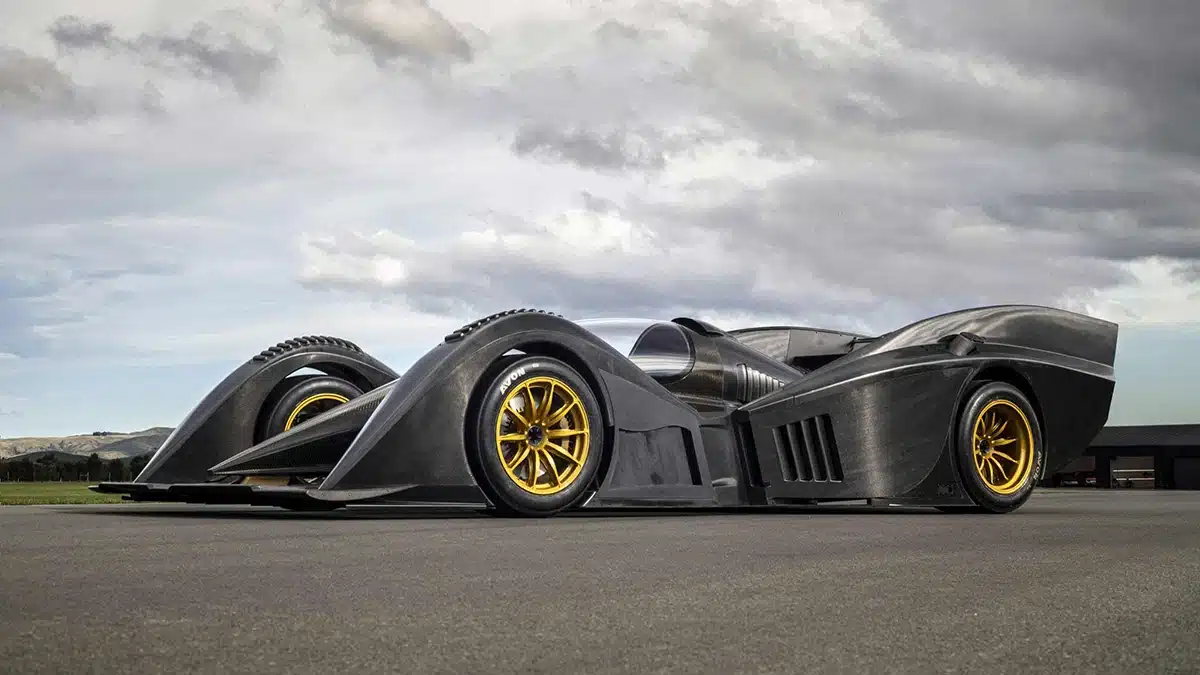The most anticipated electric car has made its way to press but what do they think?
The all-electric hypercar with 2,000hp has been officially tested meaning we finally get to find out if this extreme machine really is more than just a pretty face.
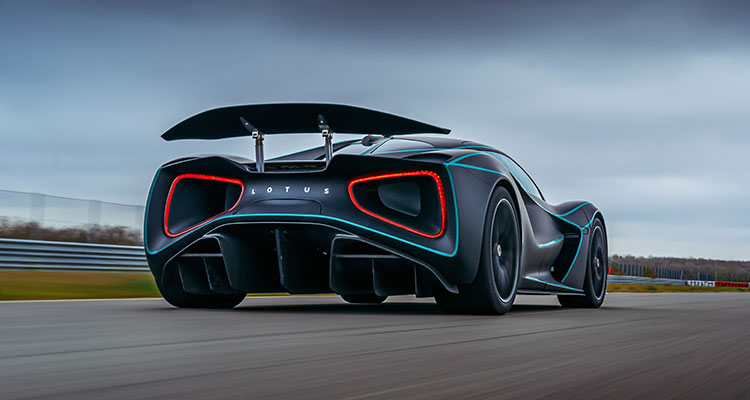
With 1,972bhp and capable of 0-62mph in under 3 seconds, the Evija is currently the electric supercar to beat. Although others have made the rounds in the news, such as the Aspark Owl that could supposedly achieve 0-60mph in under 2 seconds, these kinds of cars have never really made it out of the prototype phase.
Interestingly, this is where we are currently at with the Lotus Evija. Lotus fully intends to produce the car, with over 100 deposits already taken for this £2.4 million car. Currently, the prototype is fully functional and has recently been tested on Lotus’ Hethel test track with slight power limitations applied.
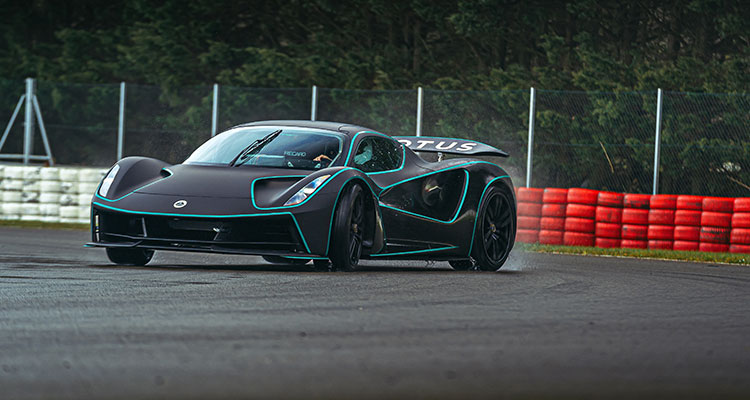
Running at around 80% power with 1,600bhp available to play with and not much other than basic ABS available, the test Evija is still capable of 0-62mph in around 3.3 seconds so it will certainly be interesting to see how much faster it will be with the remaining 372bhp unlocked.
So, if the question is how is the Evija to drive, Top Gear’s Jack Rix says that the Lotus driving DNA is all there. Despite going completely against Lotus’ famous ethos of ‘simplify, then add lightness’ the Evija somehow manages to dart around corners with a similar playfulness of the Lotus cars before it like the Elise and Esprit.
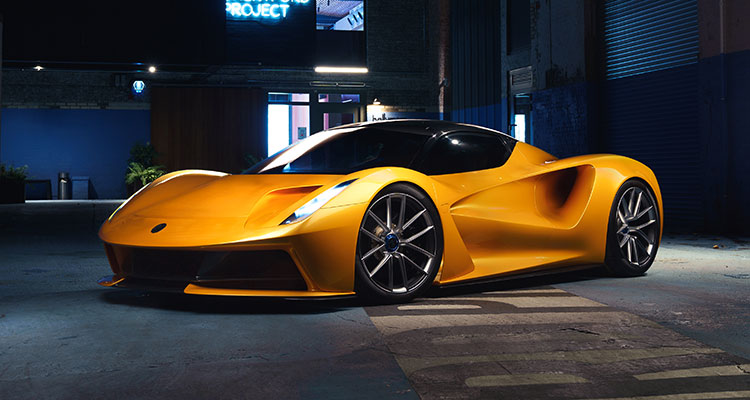
Now, although the Evija is an electric car and is inherently heavy due to the batteries, it still rings true with Lotus’ philosophy. Lotus decided to compromise on the battery in order to make the Evija as lightweight as possible. This compromise comes in the form of a 69kWh battery with just 30 miles of range when going flat out around a track, or a useable WLTP range of 215 miles. To put things in perspective, a well-specced Tesla Model 3 will soon be able to have a battery as big as 82kWh.
Although the Evija may have a small ‘fuel tank’, this compromise allows for it to be the lightest electric supercar so far and it’ll be interesting to see if/when the Tesla Roadster breaks the surface if it pays to prioritise weight reduction or not.
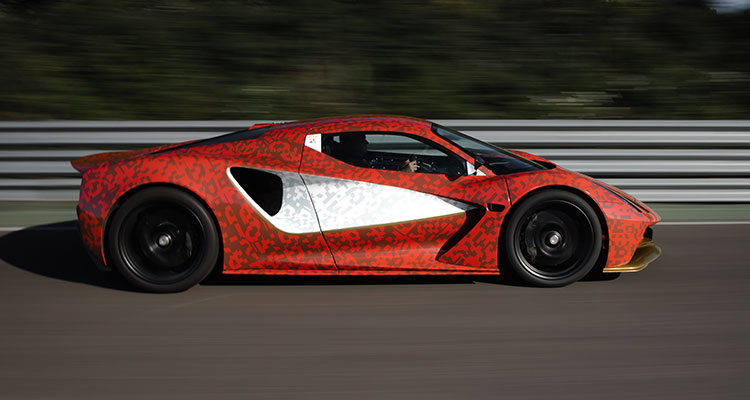
All in all, it seems like the Evija performs like a top-tier hypercar with steering, power, brakes and handling all being as good as can be. With lightning-fast acceleration and unconventional battery positioning behind the cockpit (like a mid-engine setup), the Evija is looking to be setting the bar for its class. If it proves successful, Lotus will have achieved a great win and reentered the world of performance cars, and who knows, perhaps future Lotus cars can benefit from some of the space-age engineering put into the Evija too?
Let us know what you think of the Evija, in the comments below.
If you enjoyed this, you may also like ‘1959 250 GT SWB Remade & Modernised For 2021’
For more articles like this, receive our weekly e-newsletter, including partner deals and all things motoring, register your email below.
Please note: You cannot subscribe to Smart-Motoring unless you put a tick in the checkbox below to indicate have read and agreed to our privacy policy.



